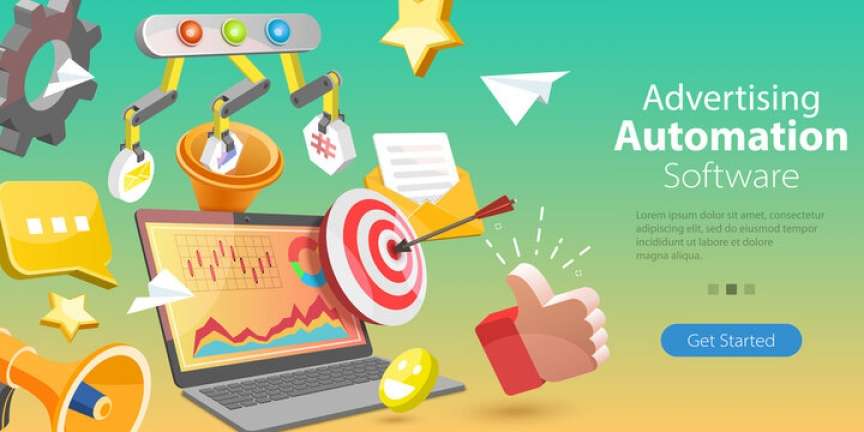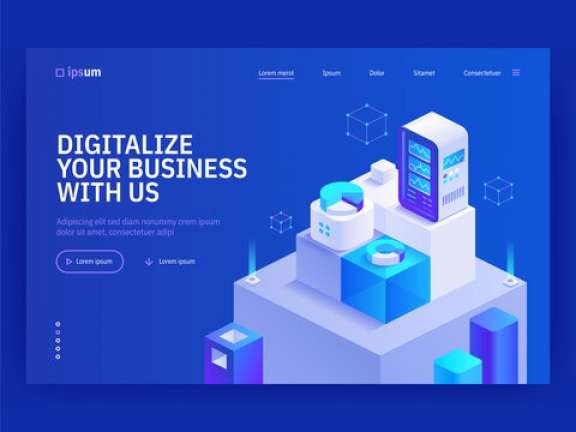With all of the technological advancements achieved in recent decades, traditional companies are increasingly becoming obsolete. There are many ways to organize meetings and present what you want much more effectively, and here are a few things to think about the next time you schedule one.
Meeting Room Revolution
Meeting rooms are designed to make it easier for individuals to communicate and collaborate. What began as a room with a table and a few seats have evolved into what some refer to as the brains of the company over the last few decades. Many office meeting and huddle areas still use the standard table and chair setup, which should not be a problem, but it is. Over the last decade, the way employees work and the types of technology accessible have changed tremendously. Work is becoming increasingly digital, you can read about the many new conference room technologies that have been invented which enable people to do their work in a more efficient manner. As a result, there is a disconnection between expected and real meeting room capabilities.
Interactive Board
In the last few years, interactive whiteboards for businesses have advanced rapidly. For those who host meetings and give presentations, today’s models are significantly more capable of providing an easy, hassle-free experience. That is equally true for those who attend, whether they are in the same room or not. You’ll need an interactive whiteboard if you want to make the most of your team meetings. This technology makes collaboration easier. Consider how much more your staff could do if they had a whiteboard that displayed files immediately from their computers.
IWBs enable the focus to move away from the presenter and toward the audience and the subject in front of them. Allowing many individuals to draw or write on a paper or other image at the same time is an example of putting the audience first. It also entails allowing them to cast from any of their devices in order to share their documents. Finally, it entails permitting real-time group annotation of a document.
Apps that combine screen sharing to allow multiple team members to join in the usage of a whiteboard are popular whiteboarding solutions. This is useful for brainstorming with distant employees as well as clients who wish to discuss ideas. All data is retained for subsequent use, allowing your team to utilize the information to inform the project that was the focus of the meeting.
Virtual Meetings
Although virtual meetings do not directly address the productivity issues associated with meeting culture, they do have numerous advantages over in-person meetings. There’s a lot of room for improvement in the basic frameworks that shape our collaboration as we learn to adapt to hybrid ways of working. When compared to in-person meetings, the amount of scheduling and logistical stuff associated with virtual meetings is substantially reduced. You won’t have to worry about hiring a room or whether your meeting venue will accommodate all of your guests if they show up. You don’t have to consider whether or not certain personnel is at the workplace on that particular day. When all of your meetings are digital, it’s much easier to keep track of how much time your firm spends on various catch-ups and communications. If you’re invoicing for all client time or simply want to track where the time goes across different projects, this is critical.
Eco-Friendliness and Calendar Sync
Smart meeting rooms not only help the meeting room’s users, but they may also significantly reduce overhead costs. And you may assist a corporation is doing its part to protect the environment. When no one is present, motion sensors can turn off the lights, thermostat, displays, and other equipment in a room that is only utilized for a few hours per day. This also eliminates the need for someone to walk around at the end of the day and turn off all the lights, which may be time-consuming and error-prone in a big complex.
By enabling calendar sync, a vacant meeting room can also be displayed as available in the booking system. And, because everything is updated in real-time, it’s simple to drop in at the last minute, knowing that the meeting room’s calendar accurately reflects its availability.
Cloud Computing
Google Drive is one of the most well-known instances, which, rather than producing perishable files that must be physically saved to a computer’s hard drive, guarantees that everything is automatically preserved and can be shared with entire networks.
This can alleviate a slew of issues that have plagued many office employees for years. Most importantly, employees are no longer required to send each other documentation in near-identical and sometimes confusing emails. Those who can’t resist taking their work with them no longer need to rely on a USB pen drive to move their papers from point A to point B.
We have been able to boost our efficiency thanks to recent developments in the IT business, technology, and apps. Technology is only one of the many tools available to help us be more productive. It’s critical to pick the proper tools, get the most out of them, and make sure they’re compatible with your present calendaring and collaboration software.
When you include technology in your meetings, such as the tools we described before, your meeting effectiveness will soar, and your workspace optimization will improve.
Read Also: 6 Useful Tips That Can Help You Improve Your Business















